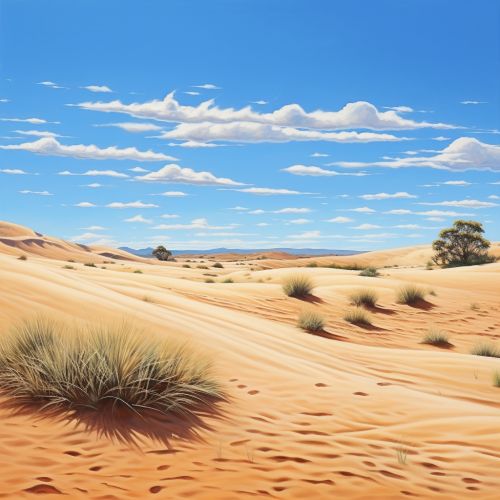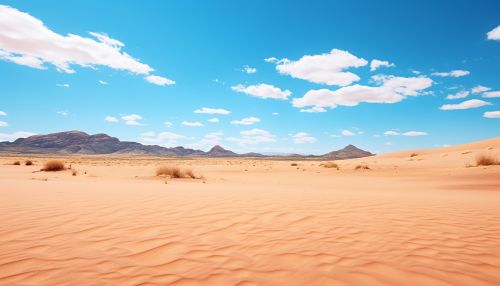Desert Biome
Introduction
The desert biome is one of the most unique and intriguing ecosystems on the planet. Characterized by its low precipitation, extreme temperatures, and unique flora and fauna, the desert biome offers a fascinating study into the resilience and adaptability of life in harsh conditions.
Geographical Distribution
Desert biomes are found across the globe, with the most notable ones being the Sahara in Africa, the Gobi in Asia, the Great Basin in North America, and the Great Sandy Desert in Australia.


Climate
The climate in a desert biome is primarily defined by its lack of precipitation. Rainfall is sporadic and often less than 25 cm per year. Deserts also experience extreme temperature fluctuations, with hot deserts reaching temperatures above 40°C during the day and dropping to near freezing at night. Cold deserts, on the other hand, experience cold winters with snowfall.
Flora
The flora in a desert biome has adapted to survive in the harsh climate. Plants such as cacti, succulents, and creosote bushes have developed features like thick, waxy skins and shallow root systems to minimize water loss and maximize water absorption.
Fauna
Desert fauna includes a variety of animals adapted to the harsh desert conditions. These include reptiles like the Gila monster and the desert tortoise, mammals like the fennec fox and the kangaroo rat, and birds like the roadrunner and the sandgrouse.
Human Interaction
Human interaction with the desert biome has been largely influenced by the harsh conditions. However, humans have inhabited deserts for thousands of years, developing unique cultures and ways of life. Modern human activities, such as mining and agriculture, have also had significant impacts on desert ecosystems.
Conservation
Conservation efforts in desert biomes are crucial due to the unique biodiversity and the increasing threats from climate change and human activities. These efforts include establishing protected areas, promoting sustainable practices, and conducting research to better understand these unique ecosystems.
